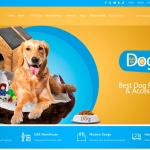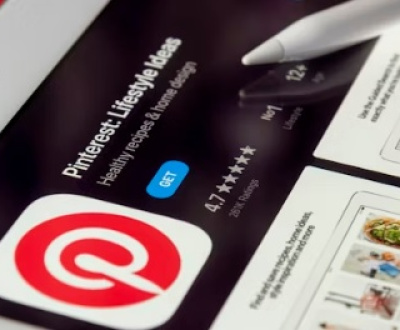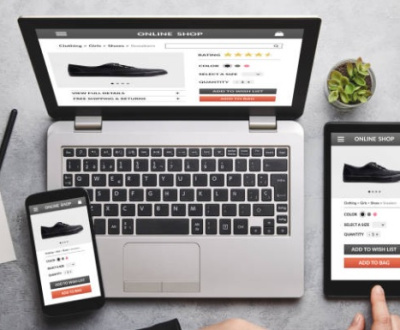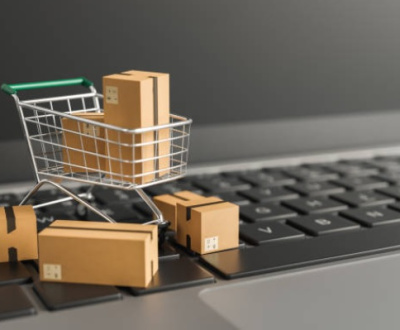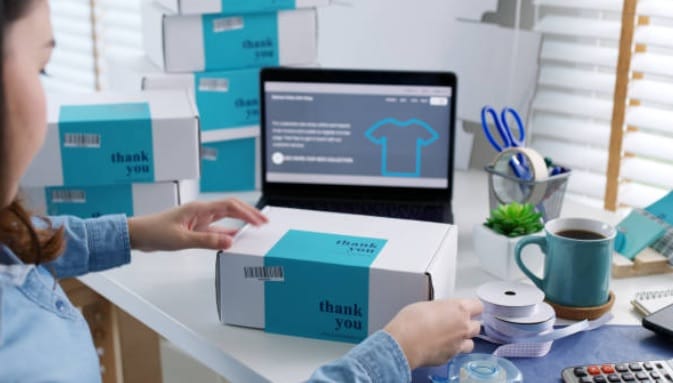
How to Start a Dropshipping Business. A Beginner’s Guide. Starting a dropshipping business can feel like diving into a whole new world, but trust me, it’s not as intimidating as it seems. I’m here to walk you through the steps, share a few insider tips, and set you up for success. By the end of this guide, you’ll be ready to launch your very own dropshipping store and start selling products online—without ever having to store inventory.
Let’s dive in!
What is Dropshipping?
At its core, dropshipping is a business model where you sell products online without keeping them in stock. Here’s how it works:
- You list products on your website.
- A customer places an order.
- You forward the order to your supplier.
- The supplier ships the product directly to your customer.
Sounds simple, right? That’s because it is! You’re essentially the middleman, connecting customers with great products while earning a profit.
Why Dropshipping is a Great Business Model
I love dropshipping because it’s low-risk and low-cost. You don’t need to invest thousands in inventory upfront, and you can work from anywhere with just a laptop and Wi-Fi. Plus, it’s super flexible—you can experiment with different products and niches without worrying about leftover stock.
Of course, there are challenges, like competition and managing supplier relationships, but with the right strategies (which I’ll cover below), you’ll be on your way to success.
Step 1: Research and Select Your Niche
Choosing the right niche is crucial. You want a niche that’s profitable, has demand, and isn’t overly saturated. Here’s how to find it:
- Start with your interests: It’s easier to sell products you’re passionate about.
- Use tools like Google Trends: Spot trending products and industries.
- Analyze competitors: Check out other successful stores in your potential niche.
Pro Tip: Avoid overly broad niches like “clothing” or “beauty products.” Instead, go specific. Think “eco-friendly activewear” or “pet travel accessories.”
Step 2: Find Reliable Suppliers
Your suppliers play a huge role in your success. A good supplier ensures quality products, fast shipping, and smooth communication. Platforms like AliExpress, Spocket, and CJ Dropshipping are great places to start.
When evaluating suppliers, ask yourself:
- Do they have good reviews?
- What’s their average shipping time?
- Are their prices competitive?
Always order a few test products to check quality and delivery times. Trust me, this step is worth it.
Step 3: Set Up Your Online Store
Now comes the fun part—creating your store! Here’s how to get started:
- Choose a platform: Shopify is the most popular choice, but WooCommerce and BigCommerce are great options too.
- Design your site: Pick a clean, professional theme. Don’t overwhelm your customers with too much clutter.
- Add product listings: Use high-quality images and write detailed, engaging descriptions. Highlight the benefits of your products—how they’ll make your customers’ lives better.
Pro Tip: Don’t forget to add an FAQ page and a clear return policy. Customers appreciate transparency.
Step 4: Develop a Marketing Strategy
Your store is live—yay! But how do you get people to visit it? That’s where marketing comes in. Here are a few beginner-friendly strategies:
- SEO (Search Engine Optimization): Use keywords in your product titles and descriptions to help your store rank on Google.
- Social Media: Create Instagram and Pinterest accounts for your store. Post regularly and engage with your audience.
- Paid Ads: Platforms like Facebook and Google Ads can drive traffic to your store. Start small, test different ads, and focus on what works.
- Collaborate with Influencers: Partner with influencers in your niche to promote your products. It’s an affordable way to reach your target audience.
Step 5: Launch and Optimize
Launching your store is just the beginning. Once it’s live, monitor your performance and make improvements:
- Track analytics: Use tools like Google Analytics to see what’s working and what’s not.
- Optimize for conversions: Test different headlines, product photos, and layouts to see what drives more sales.
- Listen to feedback: Your customers’ opinions are gold. Use them to improve your store and offerings.
Common Challenges and How to Overcome Them
Every business has its hurdles. Here are a few you might face and how to handle them:
- Shipping Delays: Communicate clearly with customers and offer tracking updates.
- Returns and Refunds: Set a straightforward policy and stick to it.
- Competition: Focus on your unique selling points (USPs). What makes your store stand out?
Final Thoughts
Starting a dropshipping business is an exciting journey. It’s not a get-rich-quick scheme, but with hard work, patience, and the right strategies, it can become a profitable venture. Remember, every successful store started exactly where you are now. The key is to take action and keep learning.
Ready to start your dropshipping journey? Let me know in the comments if you have any questions or need more tips. You’ve got this!
How to Use Google Ads to Boost Your eCommerce Sales

